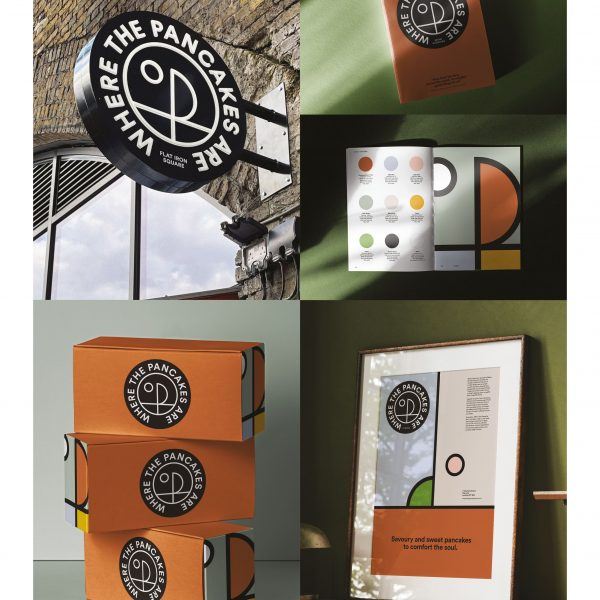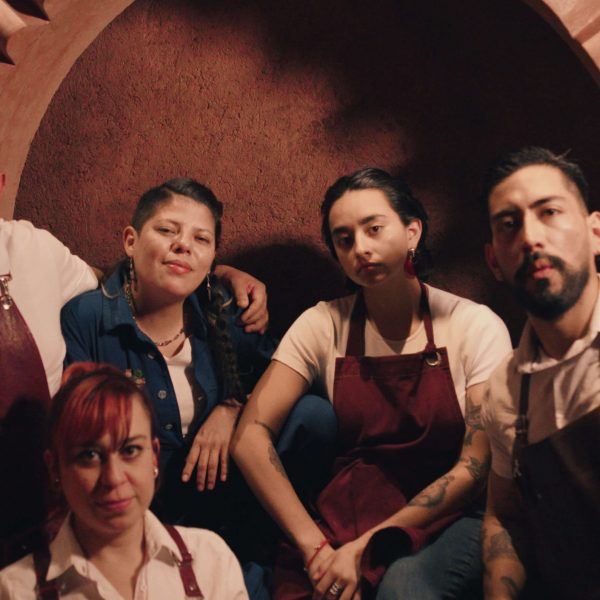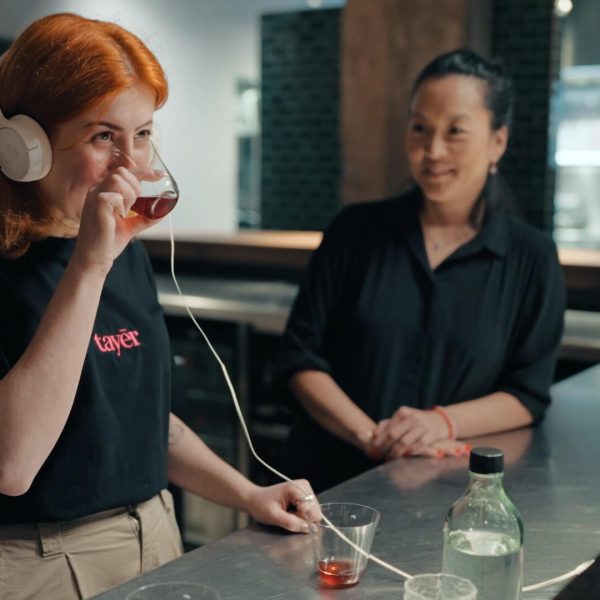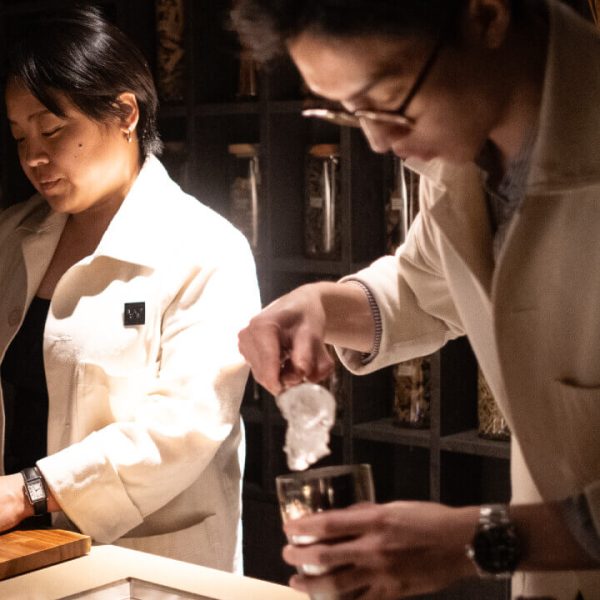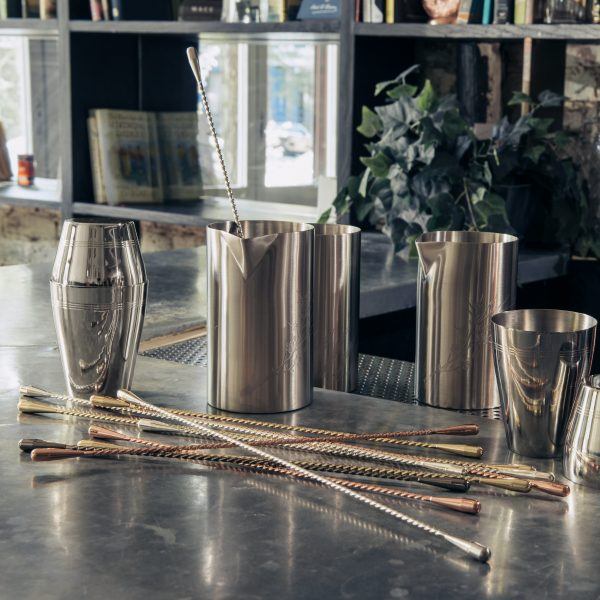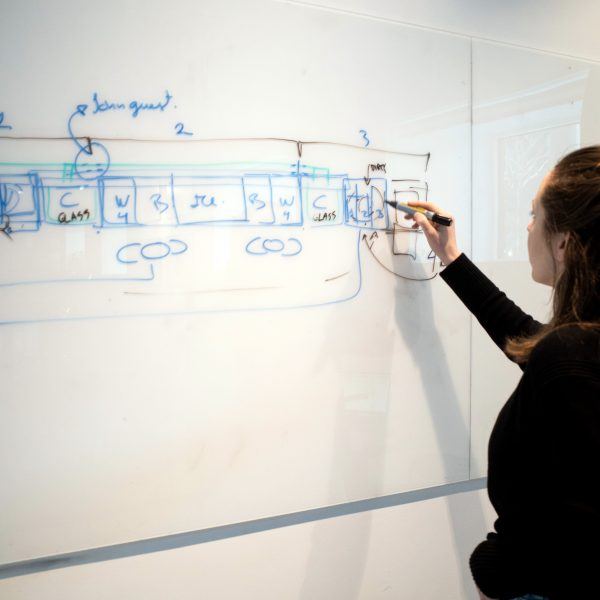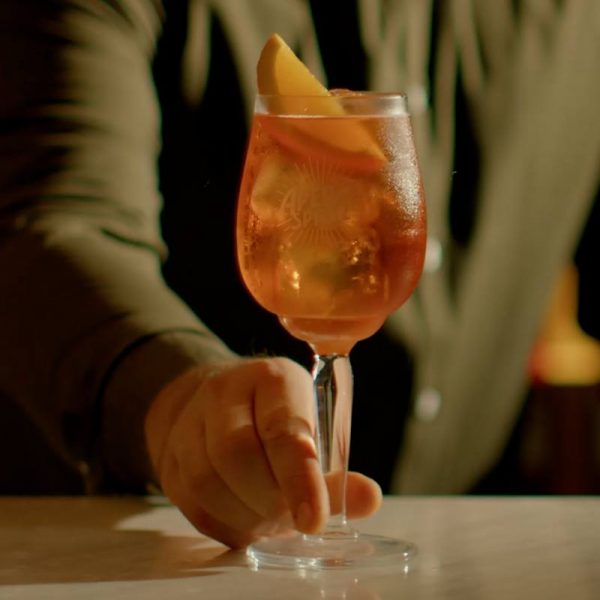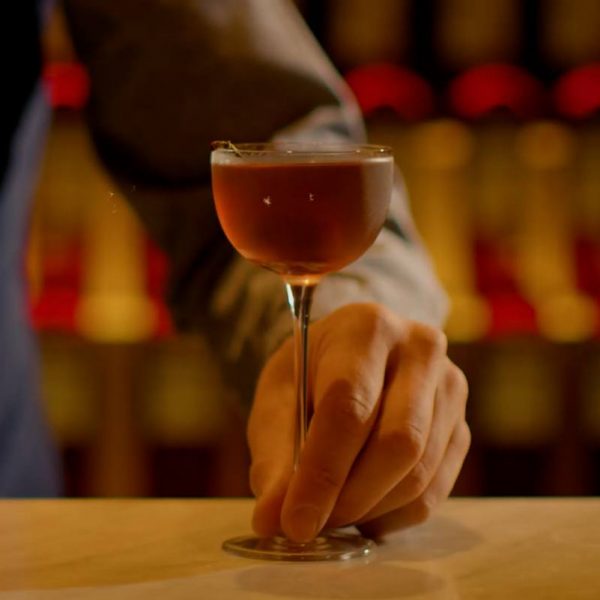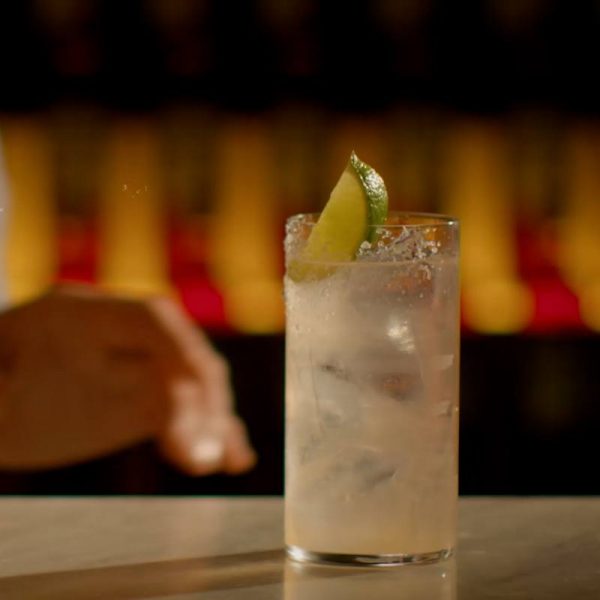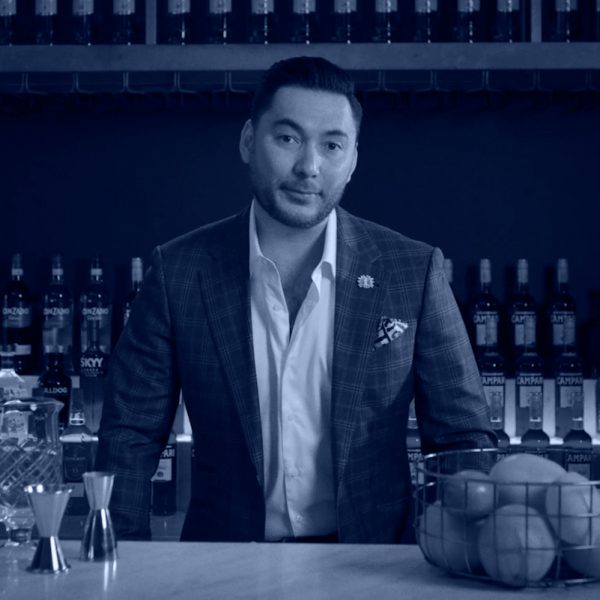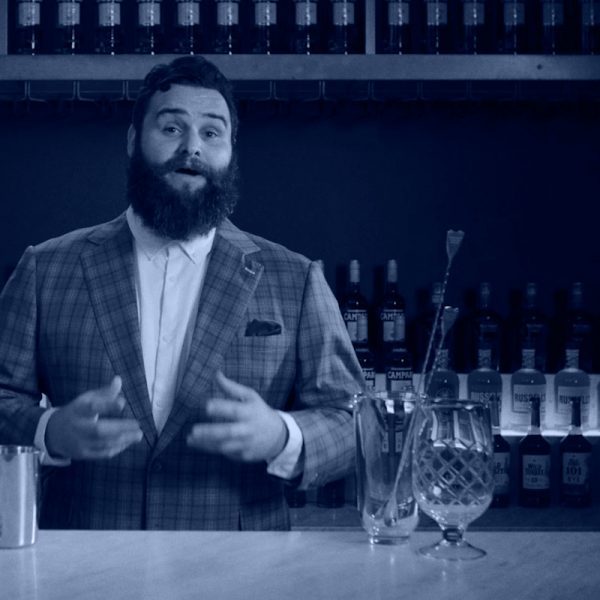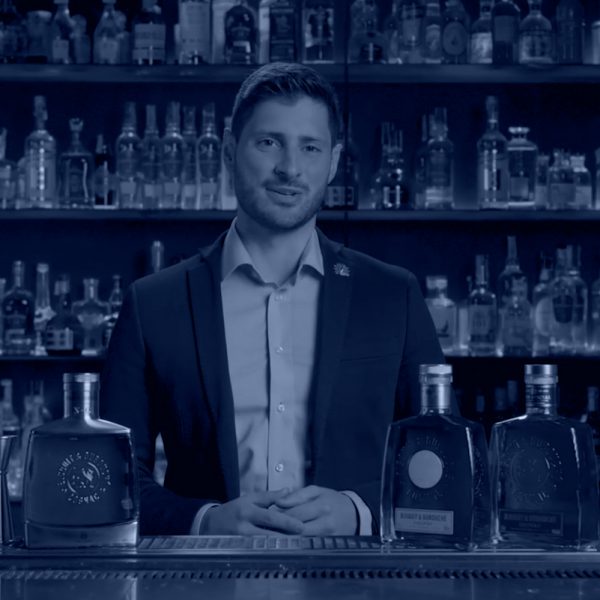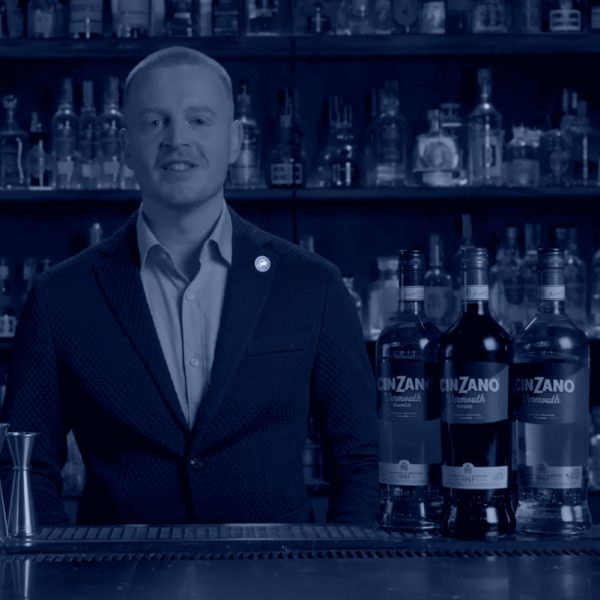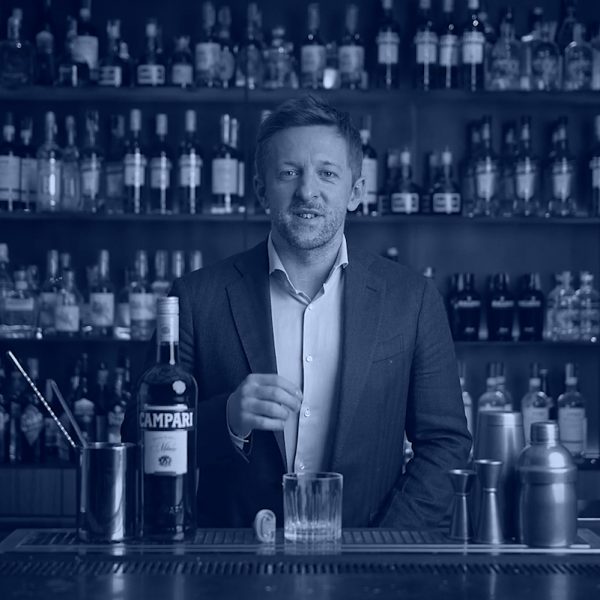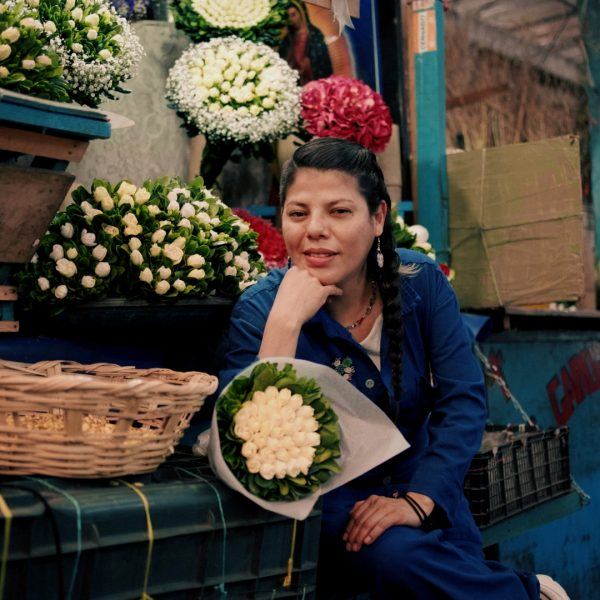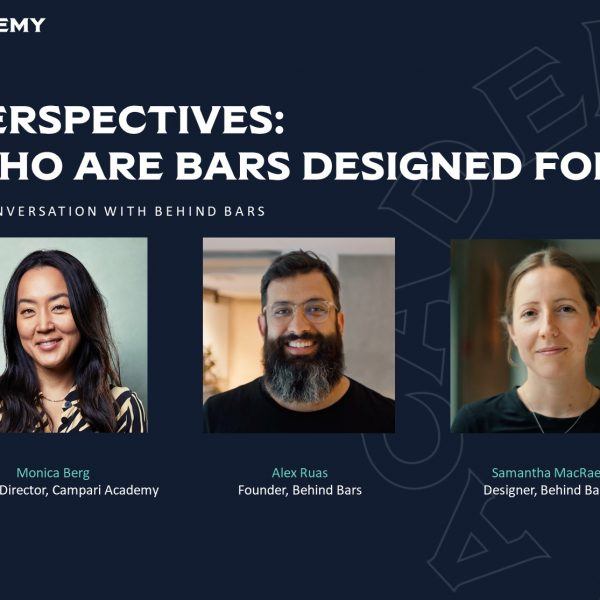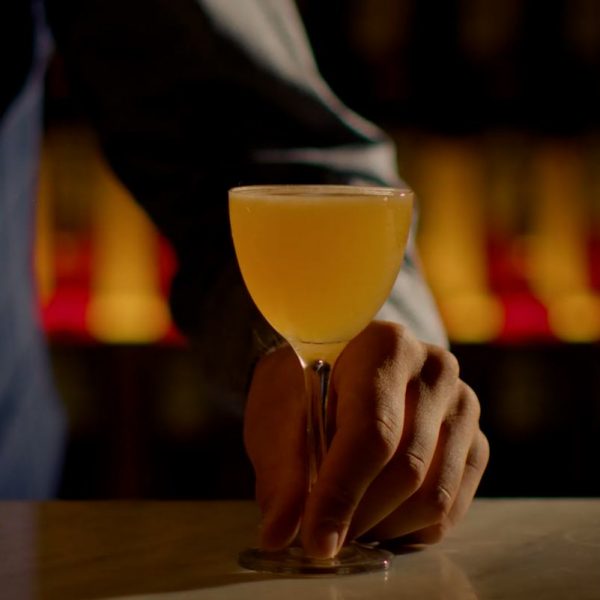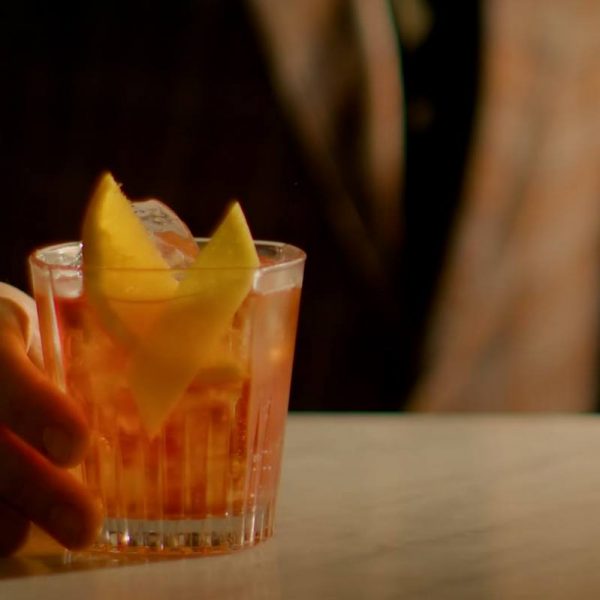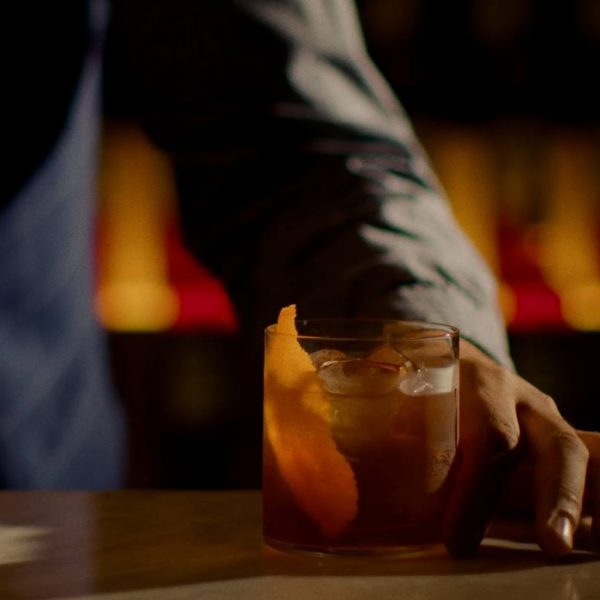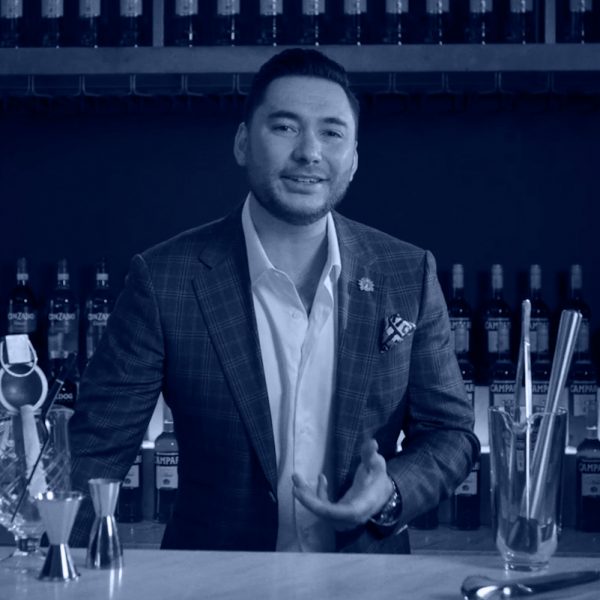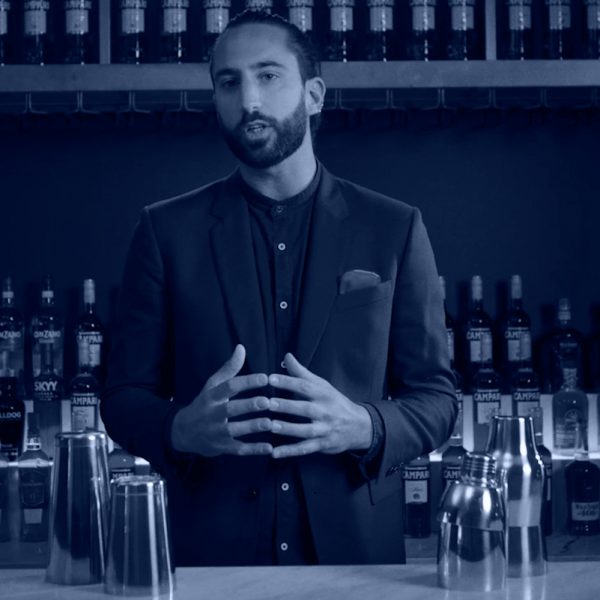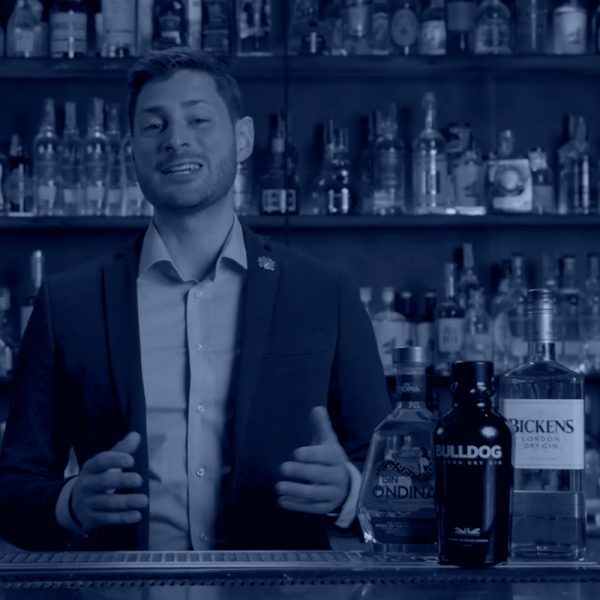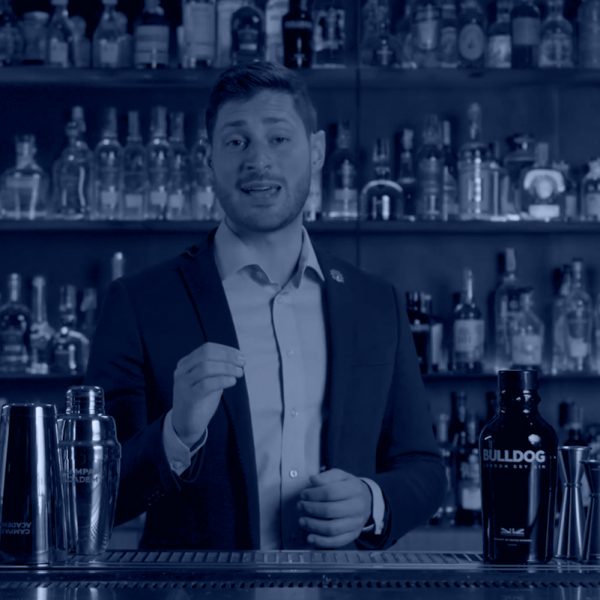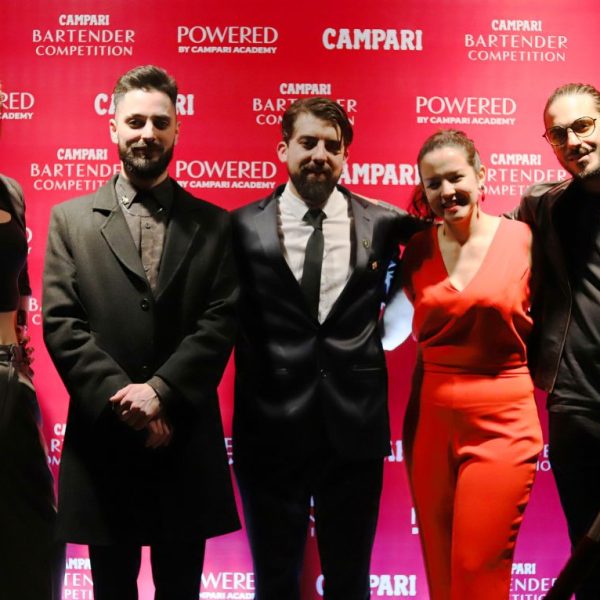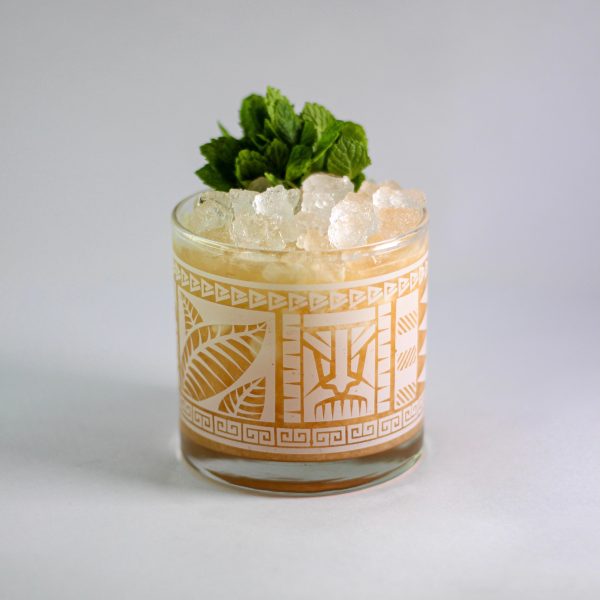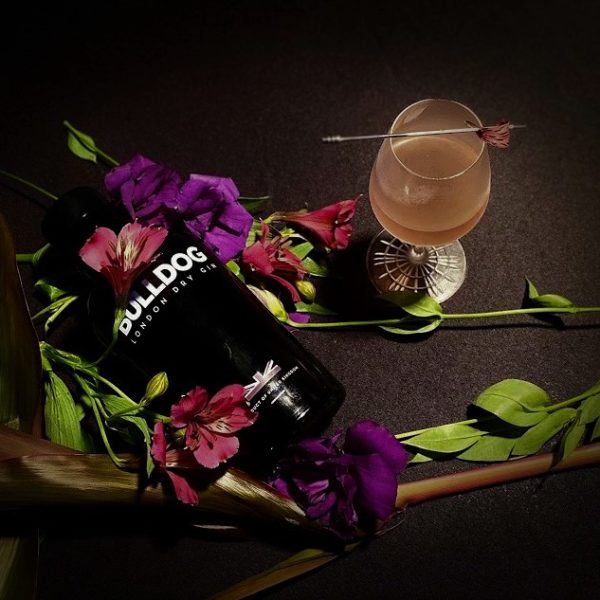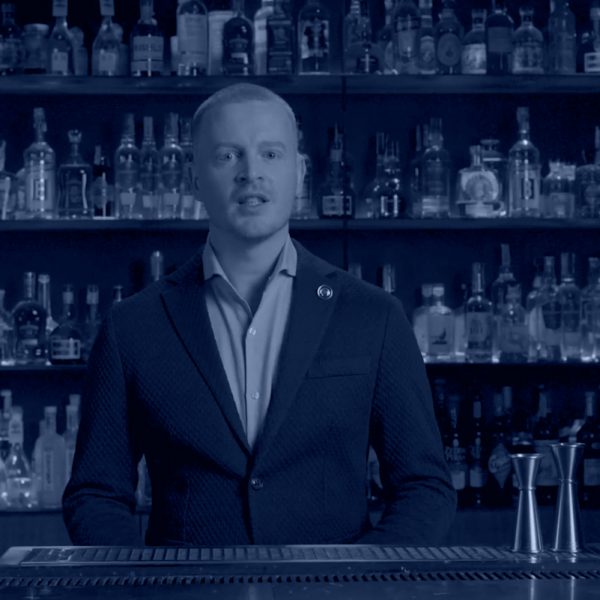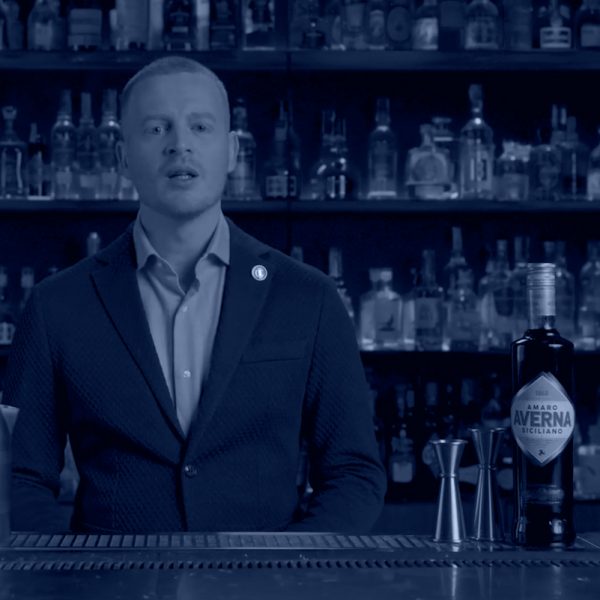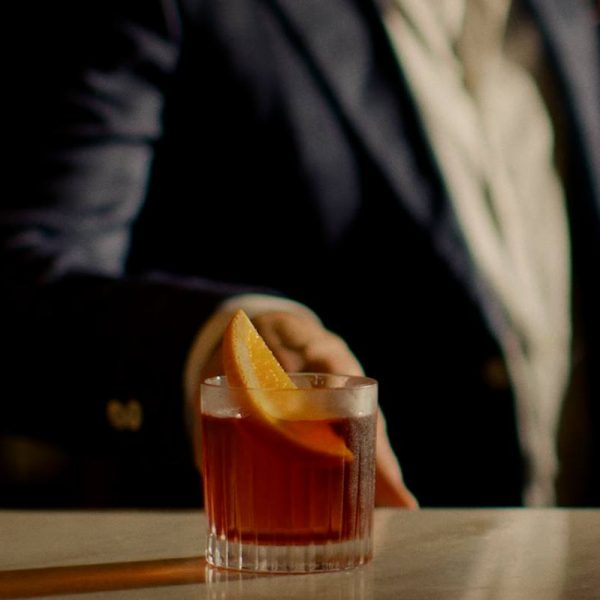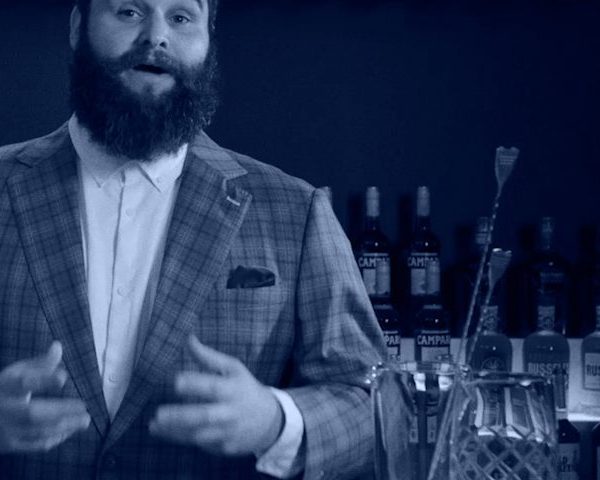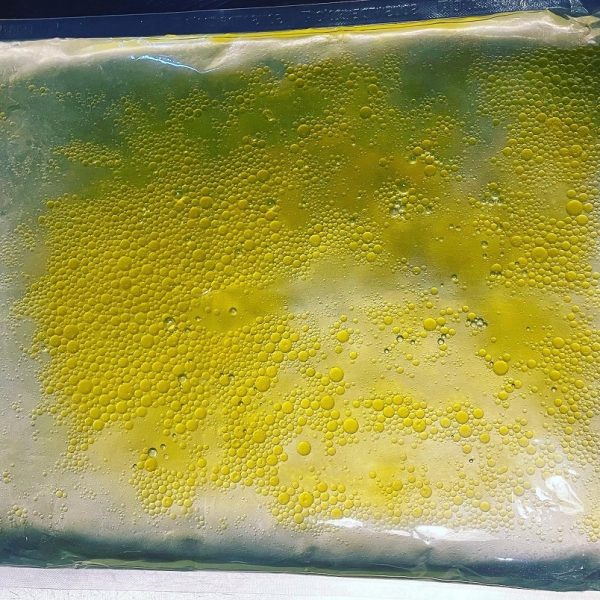Do we think enough about where our ingredients come from?
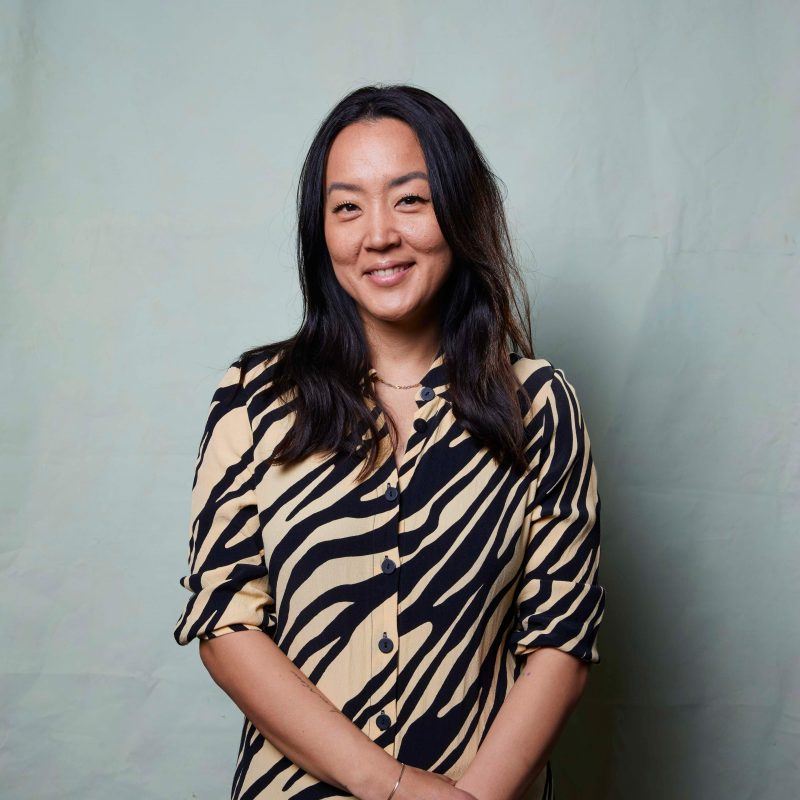
In her introductory article to Raw Materials and Flavour, Campari Academy Creative Director, Monica Berg, explores ingredient seasonality, supply chains and their relationship with flavour creation – and introduces some of the people changing the game
I’m beyond excited to start the new year with a topic that is so close to my heart. In many ways, the subject of ‘Raw Materials and Flavour’ is the very essence of what we do. Yes, you can make excellent drinks at home; no, you don’t have to be a bartender to create delicious cocktails – but at the same time, this is where you truly can see a bartender’s uniqueness and personality shine.
Over the years I, like many other bartenders, have played around with the way I express myself through flavour: for a minute I was quite into Tiki (but make it Nordic), then I had my elderflower-everything phase like everyone else, and I love foraging as much as the next Scandi (except I live in London now).
I have come to learn my strengths and weaknesses, but more importantly my likes and dislikes. As you mature as a bartender, you start to pay attention to the details that previously escaped you; where your ingredients come from, who makes or grows them, why they taste the way they do – and when (if there’s a variance) they taste their best.
As bartenders, a large proportion of our resources are non-seasonal: spirits, liqueurs, fortified wines, bitters, beers and wines (sure, vintages will vary, but in this instance, let’s go ahead with wine as a non-seasonal product). This means that for the most part, regardless of where you are in the world and what time of the year it is, they will each taste the same.
This is a sharp contrast to the reality of our chef counterparts, whose raw materials are often hypersensitive to time and place – just think of a strawberry or a cherry. Whether we are at an advantage or a disadvantage, that purely depends on the eye of the beholder, but what it does often result in is a disconnect when it comes to understanding supply and demand.
When your ‘ingredients’ often come in bottles, ready to be consumed, it’s easy to forget that whiskies or mezcals are an agricultural product that took a lot of effort to make before you’re able to open it behind your bar. I’m not talking about the packaging, nor the distilling, nor the fermentation – or anything that is related to the production of this liquid – I am in fact talking about the work that went into the raw material: the farming of the grain, the harvesting of the agave, and so on.
Only when you start to look at the bigger picture do you start to see the direct link between agriculture and the back bar, farmers and bartenders, and most importantly the choices we make and the future we’ll have. When you start to look at the ecology of it all, you start to understand why sourcing matters, why seasonality matters and why flavour matters.
This is why in this episode we speak to Natoora which started out almost 20 years ago as the first online farmers market in the UK. Founder Franco Fubini identified that the food system was broken, with the biggest looser being flavour, and wanted to do something about it. Over the years, the business has grown to become a sizeable wholesaler present in multiple countries across Europe as well as the USA and Australia, supplying some of the top restaurants and bars around the world.
What makes Natoora so unique is that they have committed to only sourcing radically seasonal produce, meaning nutritionally dense crops full of flavour in their natural season from small-scale producers dedicated to farming in a way that protects the land from soil depletion. They do so by demanding a transparent and sustainable supply chain, which highlights the true cost of farming – and they do this at scale!
One of the most common criticisms of the idea of an attainable ethical supply chain is that it works very well on a local basis or in smaller quantities, but it would never work if you had to scale it. Well, here is proof that it does. Does it require a shift in mindset? Yes, it does – one that stops relying on convenience and all-year availability in favour of what now can only be described as revolutionary, flavourful ingredients, sourced within their real seasonal growth window.
Further exploration of regional seasonality takes us to Tokyo where we meet Tea Master Shinya Sakurai, owner of Sakurai Japanese Tea Experience. He spent 14 years earning this title and has used his expertise to modernise the ancient tradition of the tea ceremony, as well as combine different teas and spirits. His teas are sourced from all over Japan, some roasted inhouse like the hōjicha, whilst others are blended with seasonal Japanese ingredients. I was lucky enough to visit Sakurai-san in his beautiful venue back in 2020, and it’s an experience I think of often. It was such a sublime experience which helped me get one step closer to understanding and appreciating tea better.
We now head to Lisbon to go foraging with Constanca Cordeiro, owner of Toca Da Raposa and newly opened Uni. Her exciting use of local ingredients combined with a personal sensibility in her approach to flavour has made her a leading voice in the vibrant culinary scene of the Portuguese capital, creating cocktails that uniquely and simultaneously express the time, place and space in which they were conceived, proving that drinks with a personal POV are here to stay.
Lastly, we go back to Singapore and speak with Vijay Mudaliar of Native and Analogue who has always led the way not only when it comes to emphasising the importance of where and whom you source from for your bar, but also on how by focusing on locality and longevity you can, over time, develop a community not just a business.
This episode marks the end of our first season of Perspectives, and shortly we’ll start filming Season 2, which I’m very excited about. I really look forward to all the things we’ll do together in this coming year, so please sign up to the Academy, so you can watch all the episodes in full – and follow along, as we go deeper into the themes and explore more places and topics.


